Hippies were one of America’s most iconic social movements—partly due to their eye-catching fashion sense! The peace and love era is long gone, but many former hippies enjoy reminiscing about this countercultural clique. If you were a hippy, you probably did these 18 things in the ‘60s and ‘70s.
Going on Marches
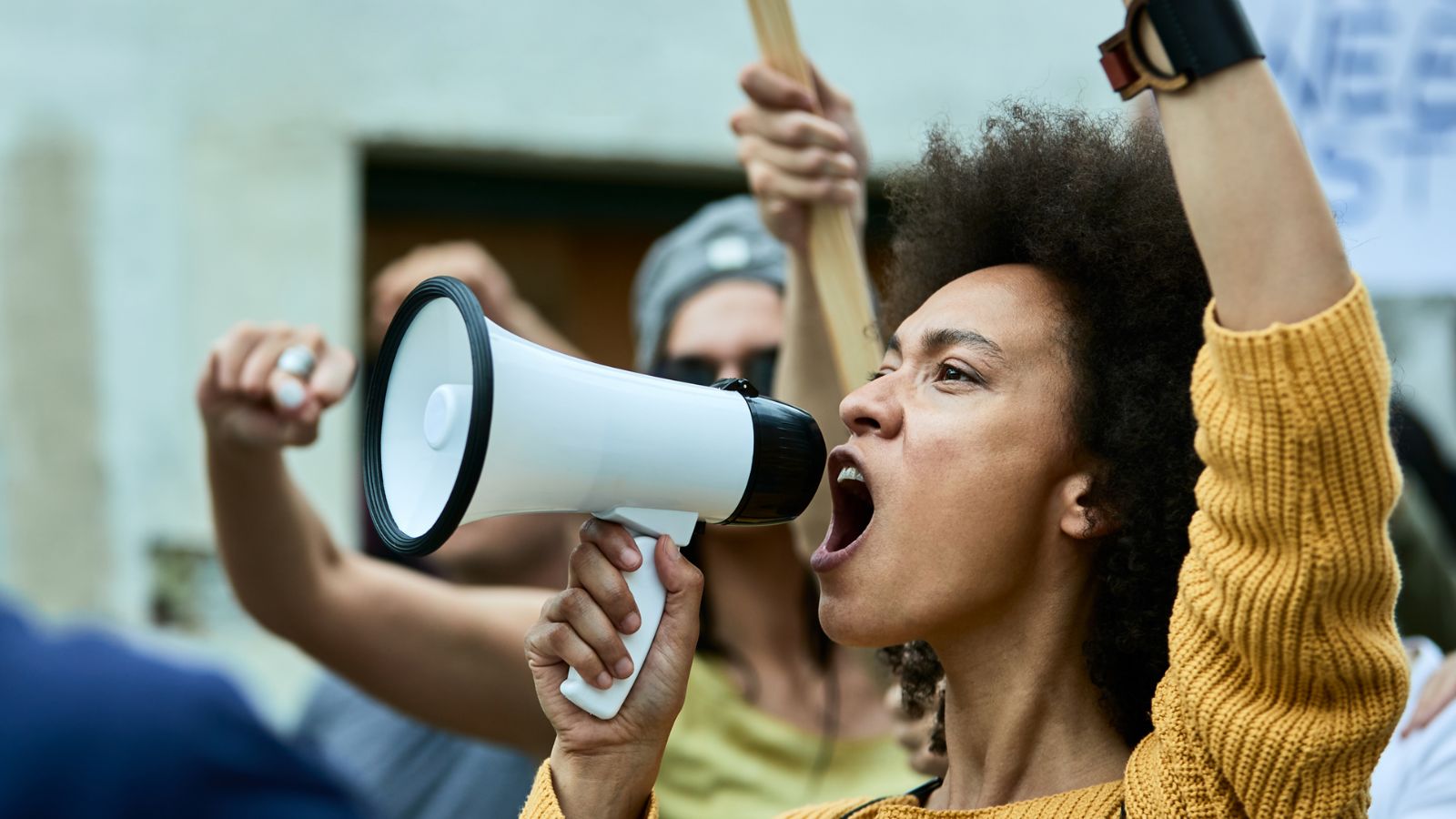
If hippies were known (and mocked) for one thing, it was their unshakably idealistic politics. As Brittanica outlines, many hippies protested against the Vietnam War in order to pressure the U.S. government into withdrawing its troops from the country. If you marched for world peace, you might have been a hippie.
Tie-Dying Clothes
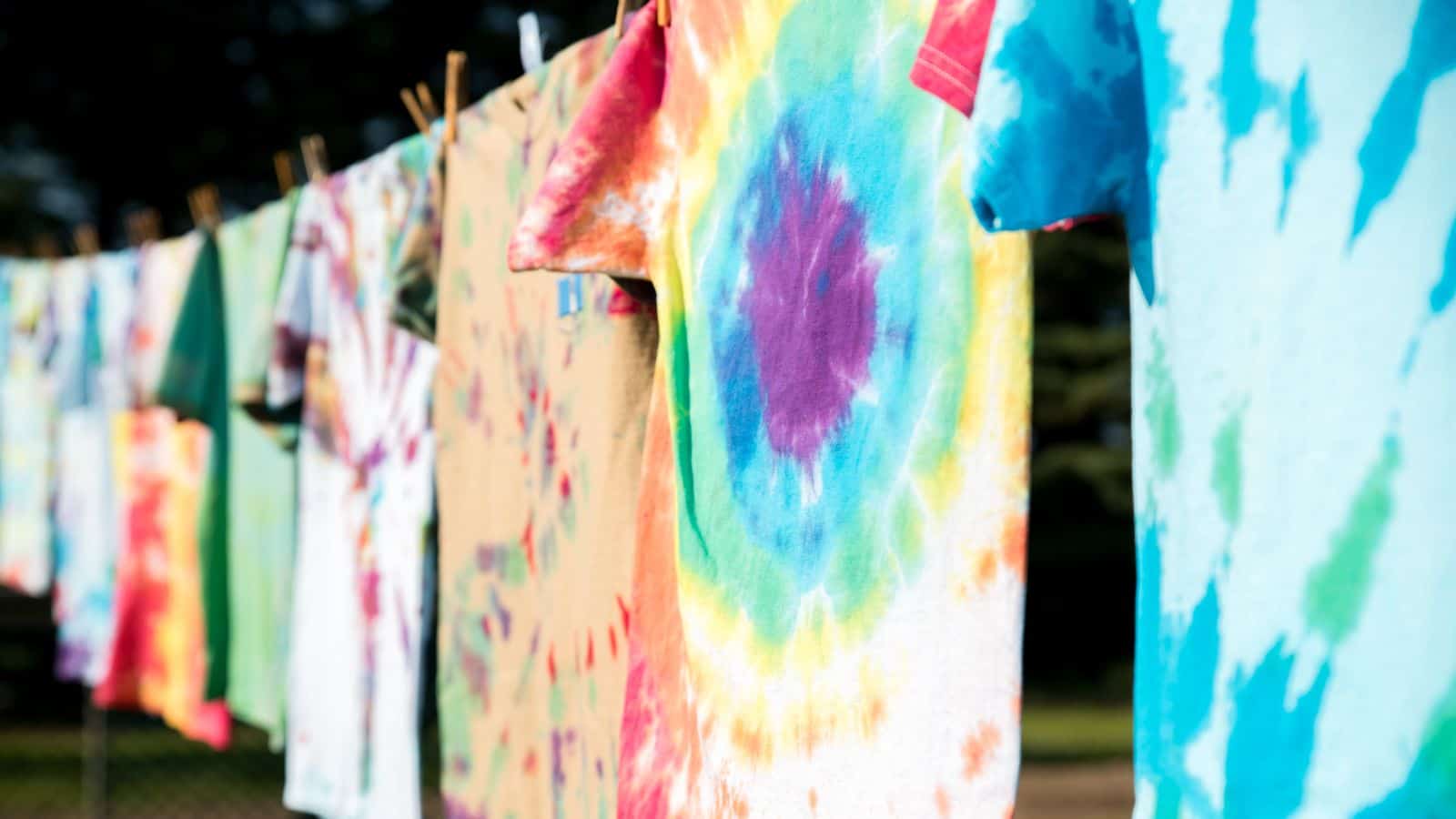
Being a hippy in the ‘60s and ‘70s was all about making a statement, and there’s no statement like a fashion statement. Hippies tie-dyed their clothes with bright, psychedelic colors. If you wanted a glimpse inside the mind of the average hippy, their trippy shirts gave a good idea.
Enjoying Folk Music
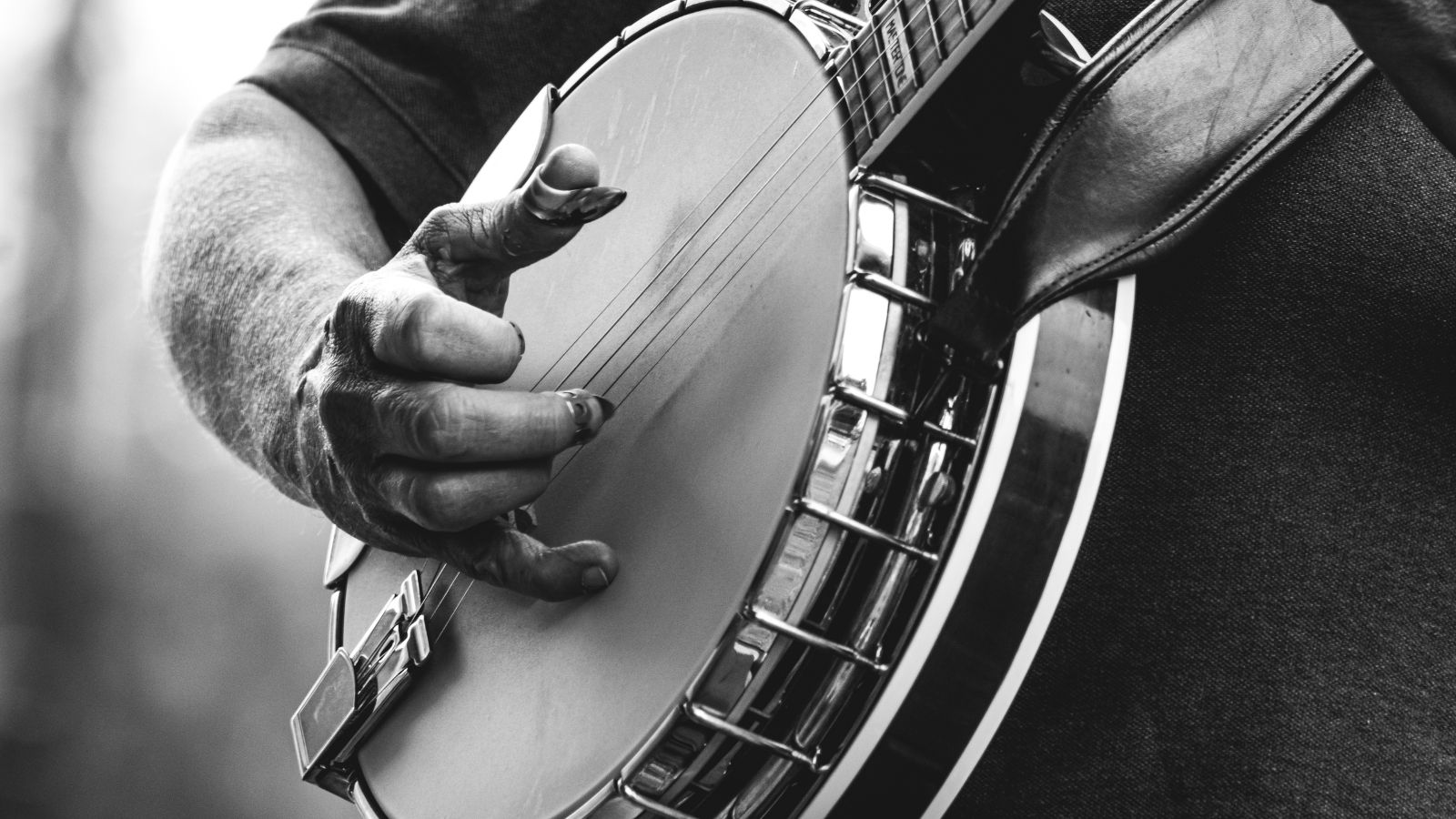
Numerous folk legends are associated with the hippy movement, including Joan Baez, Melanie Safka, and Phil Ochs. Hippies used folk music to both raise awareness about important social issues and to sing the praises of nature. Some hippies tried their own hand at performing—were you one of them?
Embracing Free Love

Hippies transgressed conventional social norms by rejecting the institution of marriage in favor of free love. As far as hippies were concerned, they were able to love whoever they wanted in whatever way they wanted. This was a nice idea, even if it worked better on paper than in the real world.
Growing Your Hair Long

It’s a bit of a stereotype, but hippies are often depicted as having long hair, regardless of their gender. This style was an explicit rejection of conventional American society, which preferred men to be clean-shaven with short, businesslike hair. Standards have relaxed since then, but only because hippies laid the groundwork.
Wearing Bell-Bottom Jeans
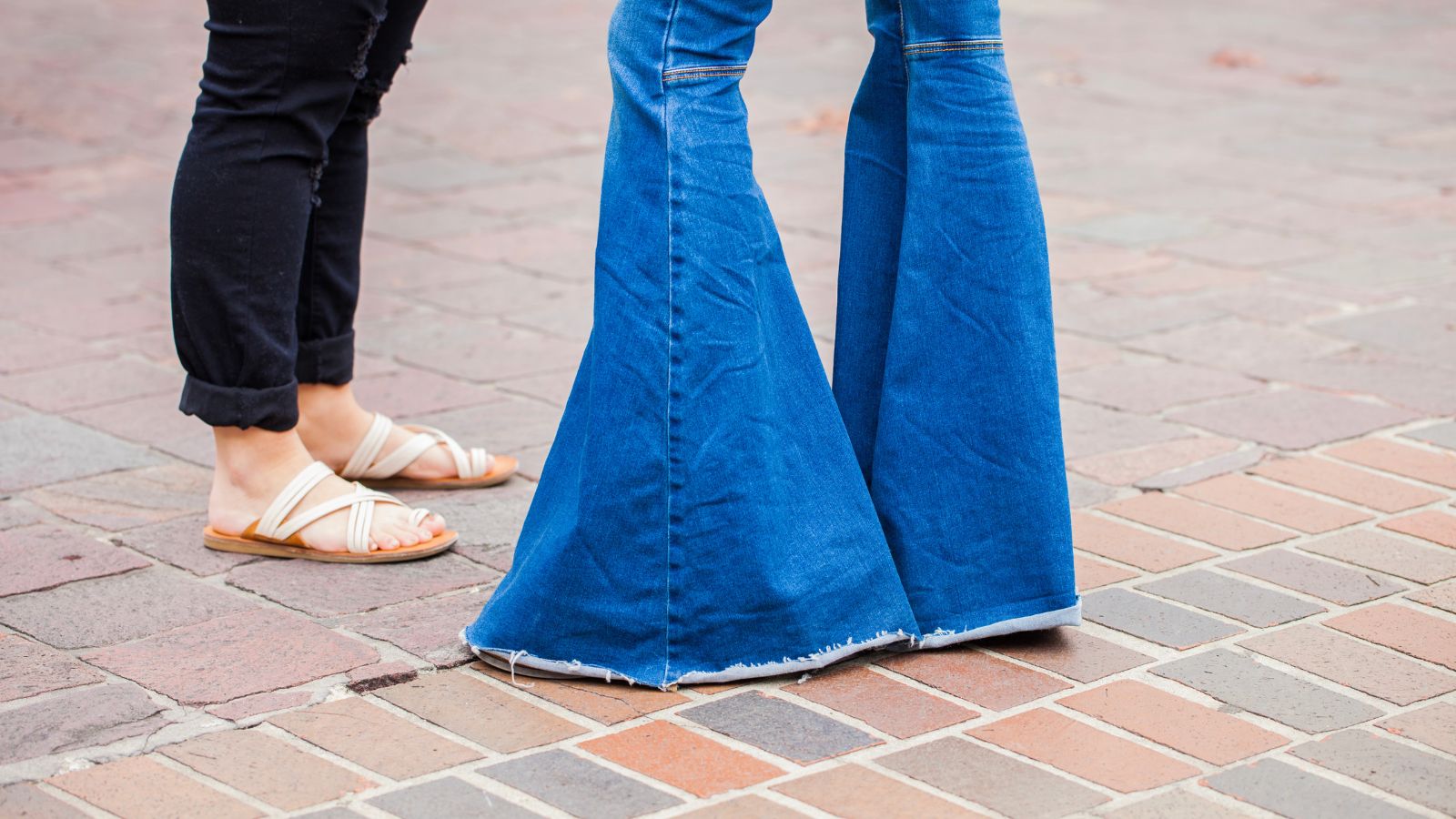
If you see a hippy Halloween costume, it’s likely to feature bell-bottom jeans. These uniquely shaped pants scream sixties and seventies fashion, and anyone who wore them was probably a hippy to some degree. They’re also an enduring classic—hippies aren’t the only group to have embraced bell-bottoms since their initial popularity.
Exploring Mysticism
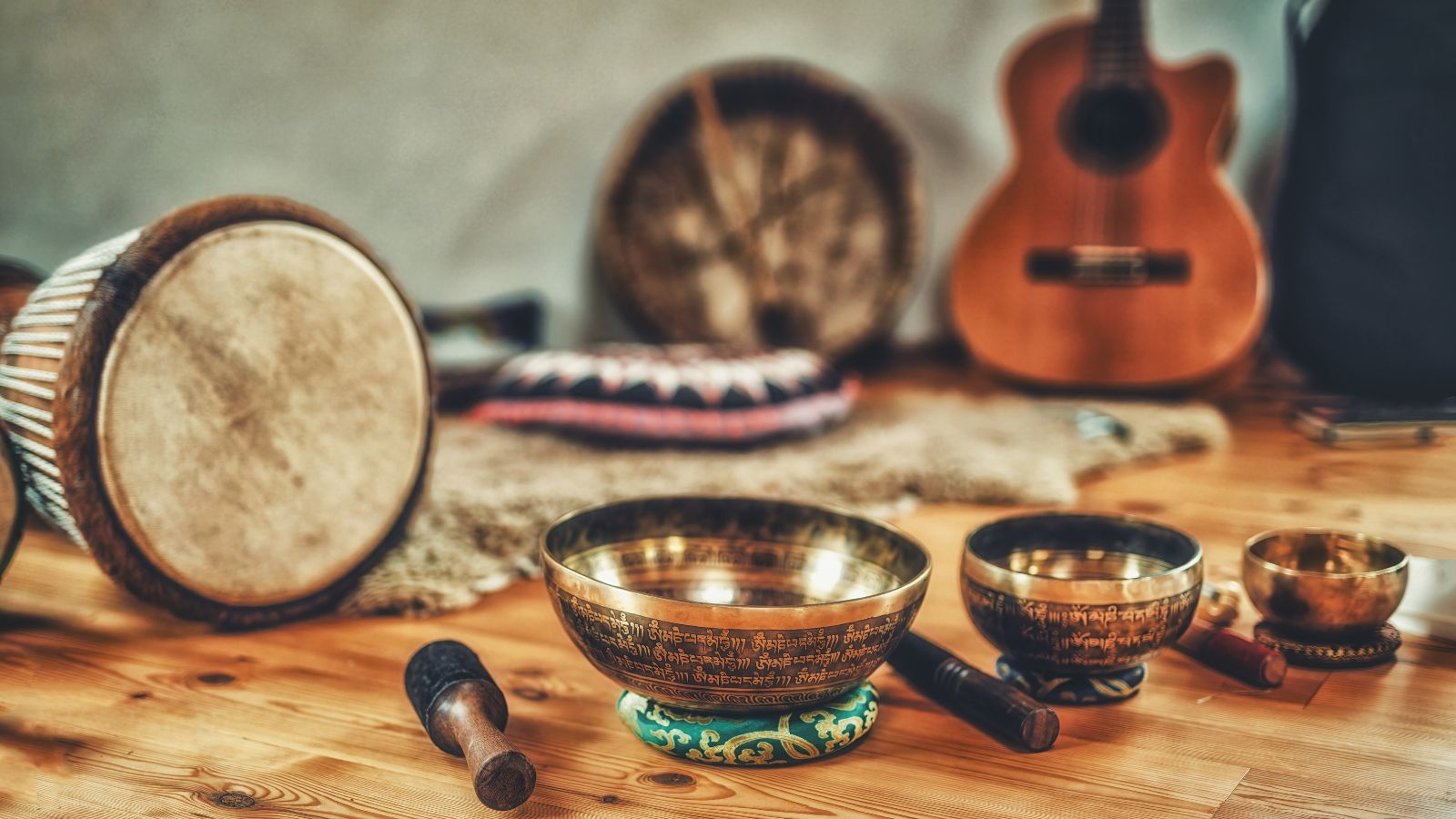
The Beatles were the standard bearers for exploring mysticism—as the Guardian reveals, the rock legends traveled to India to learn the secrets of transcendental meditation during their own hippy phase. Less famous hippies also engaged with non-Western belief systems, such as using tarot cards and learning about Eastern religions.
Vegetarianism

Vegetarianism and alternative diets are so widespread today that it’s difficult to believe that not eating meat was once a genuinely revolutionary act. Hippies swapped their omnivorous diets for fruit and vegetables, partly to respect the natural world and partly to contradict social norms. Whatever the case, we’re sure that many cows appreciated the sentiment!
Doing Experimental Art

Like everything else about hippy culture, the group’s experimental art resisted following mainstream trends. It was also rooted in a do-it-yourself aesthetic, resulting in many iconic prints, posters, and paintings. Hippy-infused graphic design is instantly recognizable—glimpsing these colorful works of art is sure to brighten your day.
Attending Woodstock

Woodstock was the definitive hippy historical event. This New York-based festival featured some of the movement’s biggest musicians (The Who, Jefferson Airplane and Jimi Hendrix were among the performers). It may have only lasted for three days in August 1969, but its impact has been felt ever since.
Supporting Sit-In Protests
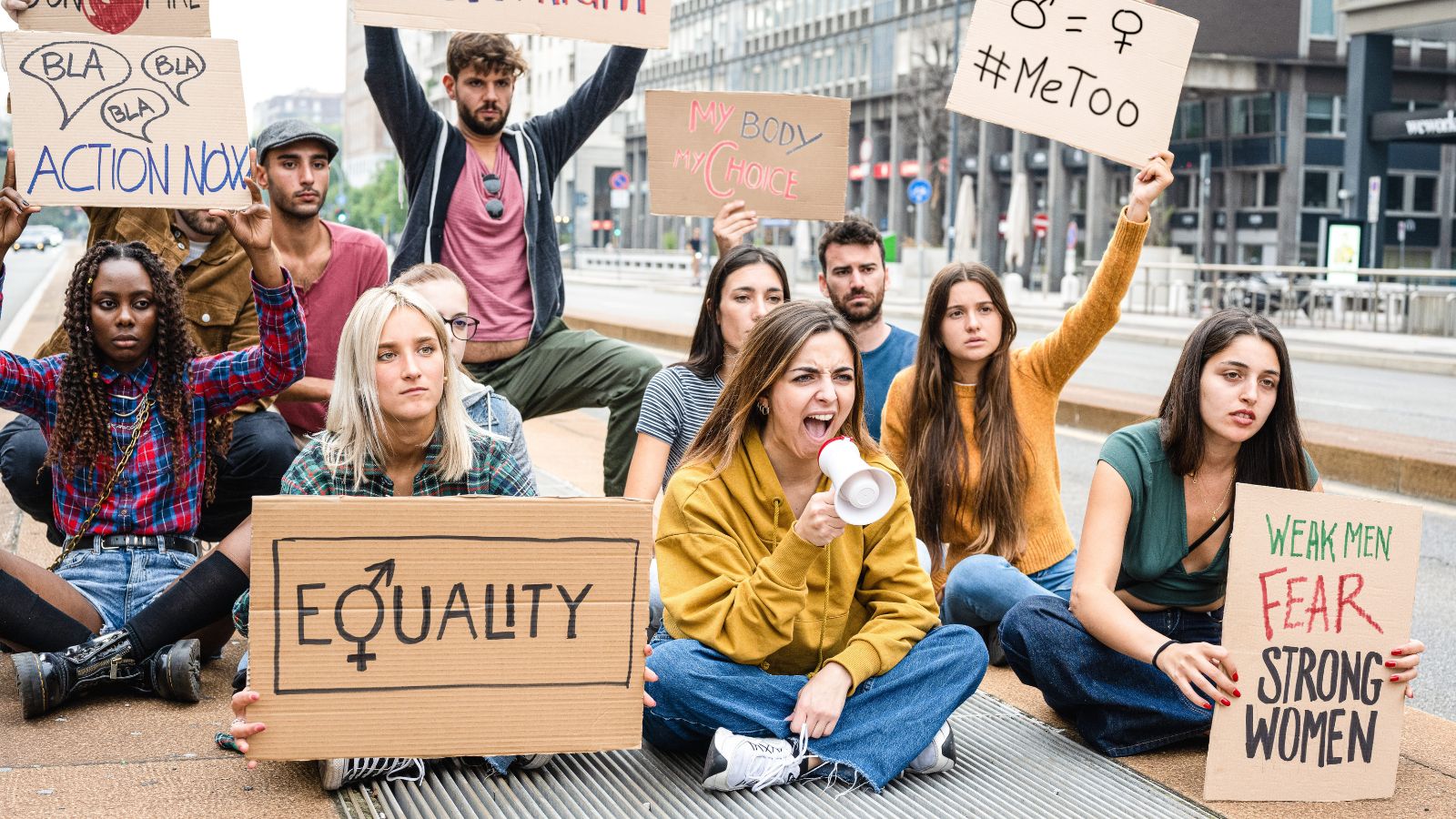
Peaceful protests were at the core of the hippy lifestyle, and sit-ins were one of the most popular ways for hippies to make themselves heard. Unfortunately, law enforcement officers didn’t always respect these protests’ non-violent nature—FoundSF offers an account of hippies being attacked by cops while demonstrating outside San Francisco’s city hall.
Rejecting Society

The freewheeling hippy movement was a direct response to the intense conformity of the 1950s, and its members did everything they could to buck trends. They rejected America’s capitalist economy by abandoning mainstream politics, the pursuit of material wealth, and their social obligations, with many burning their draft cards.
Embracing Nature

Long before environmentalism became a hot topic in the minds of the American public, hippies were leading the charge. They were responsible for arranging the very first Earth Day in 1970. This event drew attention to many ecological problems, paving the way for today’s greener way of living.
Joining a Commune

If you really wanted to drop out in the ‘60s and ‘70s, you might have joined a commune. These were small communities of like-minded individuals dedicated to a common goal. Unfortunately, the average commune was anything but a place of peace and harmony due to squabbling hippies and poor management.
Using Holistic Medicine

Committed hippies didn’t let medical emergencies get in the way of their countercultural principles. Rather than turning to conventional healthcare to deal with injuries or diseases, hippies chose to try their luck with holistic medicine. It’s safe to assume that many hippies also self-medicated with an infamous and less-than-legal herb.
Supporting Civil Rights

According to historian Jill Katherine SIlos, hippies favored personal freedom—regardless of skin color. This made them allies of the Civil Rights movement that was taking place across America during the 1960s. Hippies championed racial diversity long before mainstream American culture, making them a hugely progressive social movement.
Traveling the World

The most adventurous hippies jetted off to Europe and beyond in search of enlightenment (and more than a few illicit substances). Popular destinations included Turkey, India, and Nepal. Whether or not these footloose hippies found enlightenment along the way, they certainly made some unforgettable memories.
Moving to San Francisco
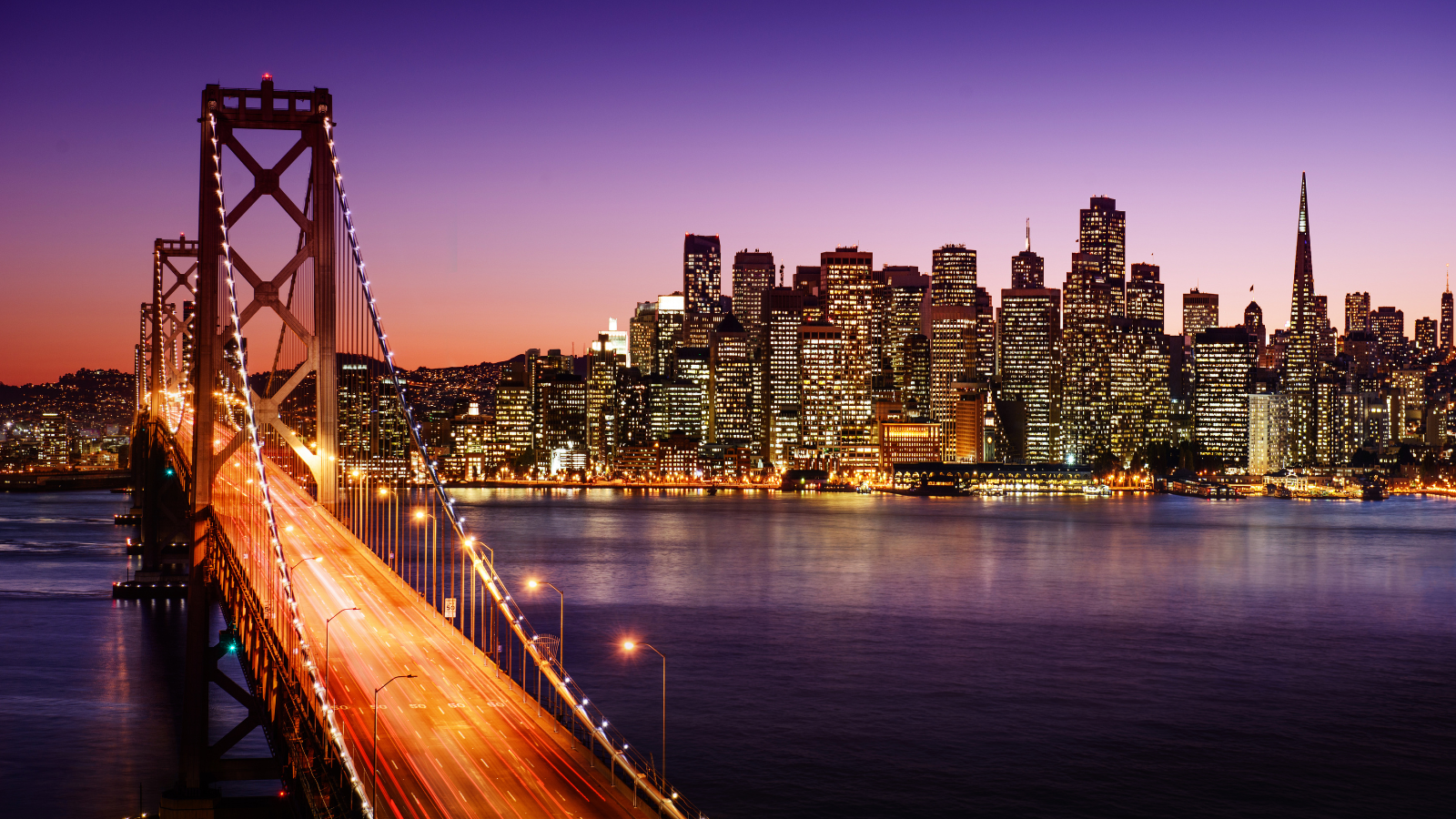
If hippy culture had a home, it would be in San Francisco. Large communities of hippies sprung up there, and many of the movement’s earliest members were students at San Francisco State College. If you spent time in the Golden City in the ‘60s and ‘70s, you were almost certainly a hippy!
Up Next: 18 Cities in the US That Are So Bad You Won’t Want to Visit
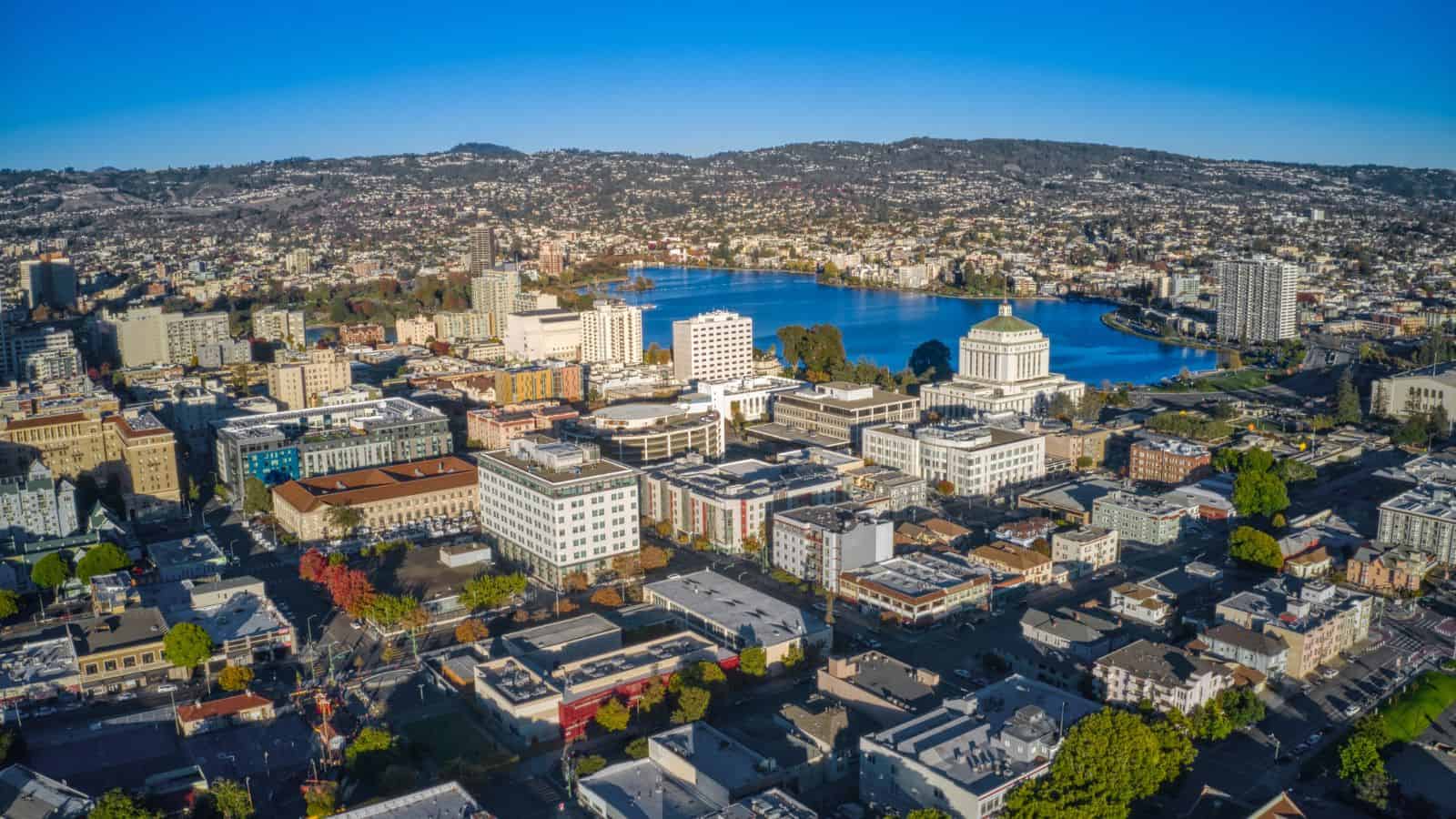
While there are many beautiful cities in the U.S. that are well worth a visit, there are also some that you may want to avoid. This is largely due to high crime rates or issues with quality of life. Here are 18 U.S. cities that you won’t want to visit.
18 Cities in the US That Are So Bad You Won’t Want to Visit
19 American Cities That Disappoint Visitors So Much They Wish They Never Went
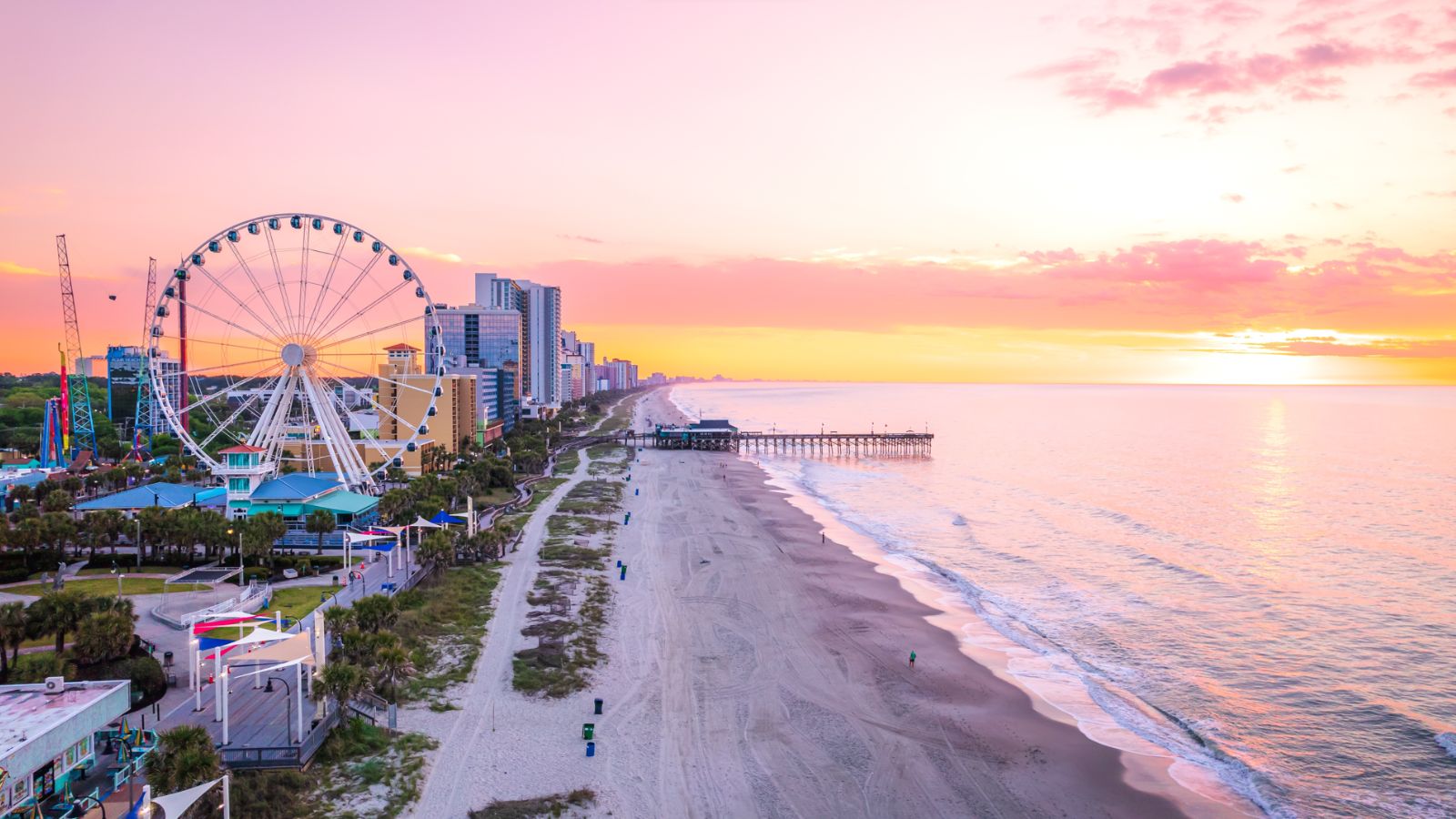
The United States is a vast country with over 109,000 cities and towns and many popular tourist hotspots, promising visitors fascinating history, famous landmarks, natural wonders, impressive architecture, and cultural delights. But not every city lives up to the hype! Here, we explore 19 American destinations that often leave visitors underwhelmed.
19 American Cities That Disappoint Visitors So Much They Wish They Never Went
19 Signs That Say You’ve Officially Entered Old Age

Old age comes for us all, though we do our best to resist it for as long as possible. But aging isn’t only gray hair, wrinkled skin, and yelling at kids to get off your lawn. Here are 19 signs you’ve realized you’re no longer the young stud you once were!

